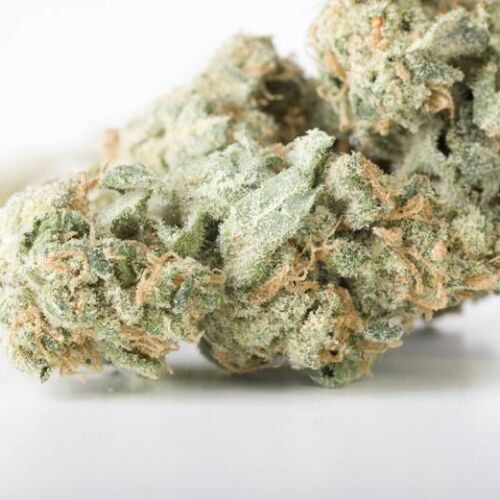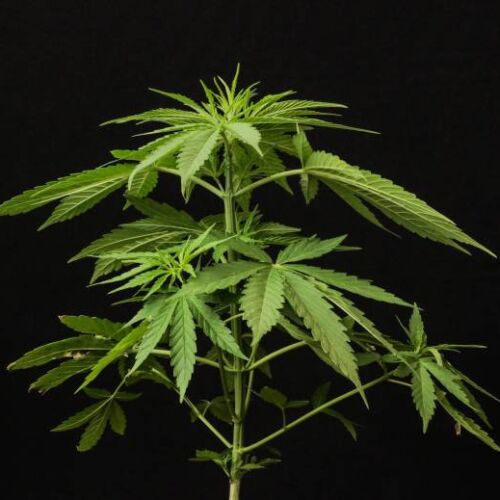Attention Deficit Disorder/Attention Deficit Hyperactivity Disorder (ADD/ADHD)
Attention deficit hyperactivity disorder (ADHD) is one of the most common childhood disorders and can continue through adolescence and adulthood. Symptoms include difficulty staying focused and paying attention, difficulty controlling behavior, and hyperactivity (over-activity).
ADHD has three subtypes:
Predominantly hyperactive-impulsive
- Most symptoms (six or more) are in the hyperactivity-impulsivity categories.
- Fewer than six symptoms of inattention are present, although inattention may still be present to some degree.
Predominantly inattentive
- The majority of symptoms (six or more) are in the inattention category and fewer than six symptoms of hyperactivity-impulsivity are present, although hyperactivity-impulsivity may still be present to some degree.
- Children with this subtype are less likely to act out or have difficulties getting along with other children. They may sit quietly, but they are not paying attention to what they are doing. Therefore, the child may be overlooked, and parents and teachers may not notice that he or she has ADHD.
Combined hyperactive-impulsive and inattentive
- Six or more symptoms of inattention and six or more symptoms of hyperactivity-impulsivity are present.
- Most children have the combined type of ADHD.
It is estimated that ADHD affects 6-9% of school children and 5% of adults.
Traditional ADD/ADHD Medications
There are numerous pharmaceutical medications commonly prescribed in both children and adults suffering from ADD/ADHD. These include Dexmethlyphenidate, Clonidine, Methylphenidate (Ritalin) and Lisdexamfetamine.
Dexmethylphenidate- can be habit-forming.Do not take a larger dose, take it more often, take it for a longer time, or take it in a different way than prescribed by your doctor. If you take too much dexmethylphenidate, you may find that the medication no longer controls your symptoms, you may feel a need to take large amounts of the medication, and you may experience unusual changes in your behavior.
Clonidine- extended-release (long-acting) tablets (Kapvay) are used alone or in combination with other medications as part of a treatment program to control symptoms of attention deficit hyperactivity disorder (ADHD; more difficulty focusing, controlling actions, and remaining still or quiet than other people who are the same age) in children. Clonidine is in a class of medications called centrally acting alpha-agonist hypotensive agents. Clonidine extended-release tablets may treat ADHD by affecting the part of the brain that controls attention and impulsivity.
Methylphenidate- is used as part of a treatment program to control symptoms of attention deficit hyperactivity disorder (ADHD; more difficulty focusing, controlling actions, and remaining still or quiet than other people who are the same age) in adults and children. Methylphenidate (Ritalin, Ritalin SR, Methylin, Methylin ER) is also used to treat narcolepsy (a sleep disorder that causes excessive daytime sleepiness and sudden attacks of sleep). Methylphenidate is in a class of medications called central nervous system (CNS) stimulants. It works by changing the amounts of certain natural substances in the brain.
Lisdexamfetamine- is used as part of a treatment program to control symptoms of attention deficit hyperactivity disorder (ADHD; more difficulty focusing, controlling actions, and remaining still or quiet than other people who are the same age) in adults and children. Lisdexamfetamine is in a class of medications called central nervous system stimulants. It works by changing the amounts of certain natural substances in the brain.
Individualized educational planning, as well as psychological and behavioral therapies are also commonly practiced in the treatment of the disorder.
Medical Marijuana and ADHD /ADD
A number of health professionals have recently come out in support for the use of marijuana as a treatment for this disorder, claiming that it is safer and less addictive than traditional stimulant medications.
They don’t have to get stoned – it’s dose-related. But they do get the benefit of being able to focus, pay attention, not be impulsive, not be angry, be peaceful and relaxed – Dr. Claudia Jensen
Research has shown cannabis to increase the availability of dopamine in the brain. Given that one of the main physiological irregularities in individuals with ADD/ADHD is shortage of dopamine production, this interaction is profound. Cannabis is also known to slow the processing of information down, which can be of great benefit to the often over-sensory nature of the disorder.
The strongest evidence comes from research which shows that the endocannabinoid system can influence dopamine levels in the brain and that this interaction might actually be altered in patients with ADHD. Specifically, a study published in 2009 found that anandamide levels – one of the cannabinoids that are naturally found in humans – were higher in patients with ADHD.
This seems to indicate that the human body may naturally produce more endocannabinoids in an attempt to counter the symptoms of ADHD, leading researchers to believe that the endocannabinoid system could be effectively targeted in the treatment of this disorder.
Endocannibinoid System
- The endocannabinoid system is a central regulatory system that affects a wide range of biological processes. It consists of a group of molecules known as cannabinoids as well as the cannabinoid receptors that they bind to.
- Although marijuana is a source of over 60 cannabinoids (including THC and CBD), the human body produces a number of cannabinoids as well.
- Decades of scientific research on the endocannabinoid system has resulted in the discovery of two types of cannabinoid receptors, CB1 and CB2. These receptors are found in various parts of the body, but are most prominent in the brain and immune system.
- Cannabinoid receptors act as binding sites for endogenous cannabinoids as well as cannabinoids found in marijuana. When cannabinoids bind to CB1 or CB2 receptors, they act to change the way the body functions.
- Cannabinoid receptors continue to be identified in unique parts of the body as research on the endocannabinoid system.
Likewise, researchers have long been aware that marijuana acts to temporarily increase dopamine. Compounds in marijuana seem to do this by interacting with dopamine binding sites, which are found on various neurons in the brain.
Besides raising dopamine levels, studies show that cannabinoid receptors are found in higher densities in areas of the brain that are linked to symptoms of ADHD, specifically the amygdala and hippocampus regions. These regions of the brain are known to play a role in emotional regulation and memory as well as bipolar, anxiety and depression disorders.
There is strong evidence that compounds in marijuana, including THC and CBD, have anti-anxiety and anti-depressant properties, which suggests marijuana may help with the symptoms of anxiety and depression that ADHD patients often suffer from.
How to Medicate
The vaporizing and smoking of cannabis, as well as the oral administration of cannabis edibles, extracts and capsules have been reported as successful methods for treating ADD/ADHD.
Vaporizing or Vaping
If you don’t like the idea of smoke there is the option to vaporize. Vaporization does not use combustion to heat the medicine. Unfortunately there is some confusion out there about vaporizers. There are now hundreds of vaporizers to choose from. There are three basic types: pen, hand-help, and tabletop. The differences are in price, portability and size. Some vaporizers claim to be able to vaporize plant matter (flowers), wax and oils. Some can only do concentrates, some only oil. The most important difference is the method used to heat the medicine. There are basically two methods (with hybrids on the way)- conduction and convection.
True Vaporizing is done by convection, where air is heated, and in turn the hot air turns the medicine a to vapor which is then inhaled. Conduction Vaporizing happens when a hot element (metal plate, or bowl) touches the medicine. The medicine is placed directly in a metal or ceramic bowl or chamber that is heated which then heats the medicine and the smoke is inhaled. This is still combustion, and not truly vaporizing. This is closer to dabbing but with a much cooler heating element.
Smoking
The benefit from smoking as a route of administration is instant action and the ability of the patient to self titrate the dose needed for relief.
What’s Best for my Lungs?
The cleanest method to inhale medicine is true or convective vaporizing. It is better for your lungs since there is no burning or combustion.
Edibles
Edibles provide ways to eat or drink your medicine. Many medicated edibles and even bottled drinks are readily available at dispensaries. Be aware that most of the edibles at dispensaries are loaded with sugar and carbs. But basically what the edibles and drinks all contain are canna butter and/or canna oil. You can purchase these or easily make them at home to add to your own baked goods, snacks or even meals (especially if you are avoiding sugar or gluten).


